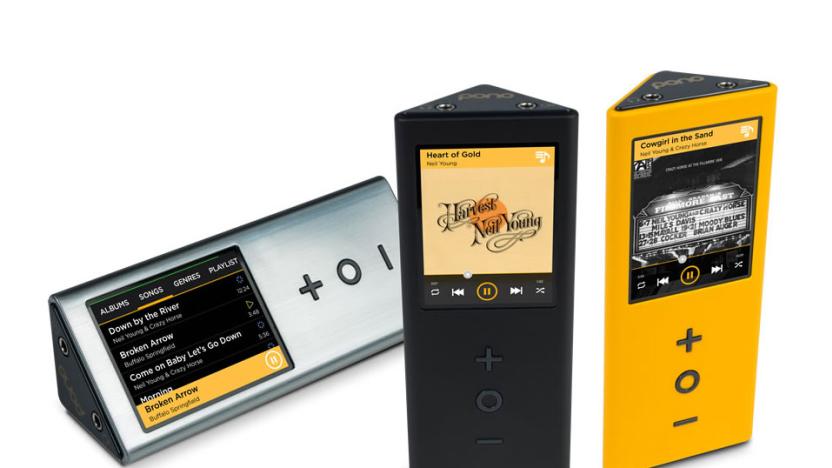192khz
Latest

Neil Young's Pono will launch an adaptive bitrate streaming service
Neil Young could be about to launch the most interesting streaming service to come along in a long while. No, really. Young recently spoke at length with Rolling Stone's Music Now podcast. While mostly discussing music, he also divulged his future plans for Pono. Launched in 2014 on Kickstarter as a high-resolution music player and download service, Pono captured the imagination of select audiophiles and not many others. Its total sales were in the tens of thousands as of last year, and its download service is in hiatus after the company running it was acquired. Now, Young's company is planning a streaming service. What's interesting about it is not the fact that it's promising to stream 192kHz, 24-bit resolution audio. Although it totally is. No, what's interesting is that it's promising high-quality adaptive bitrate streaming, which would be a first for a streaming service. See, when you load up your music app of choice, you typically pick a bitrate for downloads, and a bitrate for streaming. In Spotify, for example, you can choose from anywhere between 96kbps and 320kbps bitrates for streaming and downloads. What Pono is proposing is to do away with those designations.

Wolfson WM5110 audio chip outputs 'studio master' sound, may appear in next Galaxy S (ears-on)
What you're looking at above is a demo board carrying a next-gen Wolfson WM5110 audio chip for smartphones. This bit of silicon isn't in any market-ready handsets just yet, hence the DIY setup, but given Wolfson's well-cemented partnership with Samsung there's every chance this'll be the audio hub in the next Galaxy S, as well as potentially in other manufacturers' phones coming out in 2014. One of the WM5110's headline features is the ability to handle high sample rate music tracks at 24-bit and 192KHz, aka "studio master" or "better than CD quality" sound. Such skills are generally reserved for pricey standalone DACs like iRiver's AK100, which allows Wolfson to claim that this is the first implementation for inside a smartphone. We have an ears-on video for you after the break, but it's not much use for judging audio quality -- the event was too noisy even for us to attempt that, so we'll just wait to do another audio round-up in more controlled conditions -- but at least there's some proof of principle. On the other hand, if you're unconvinced as to whether 192KHz is even a worthwhile spec to have in smartphones, then read on to learn about some of the WM5110's other abilities, which have a more practical bent.

